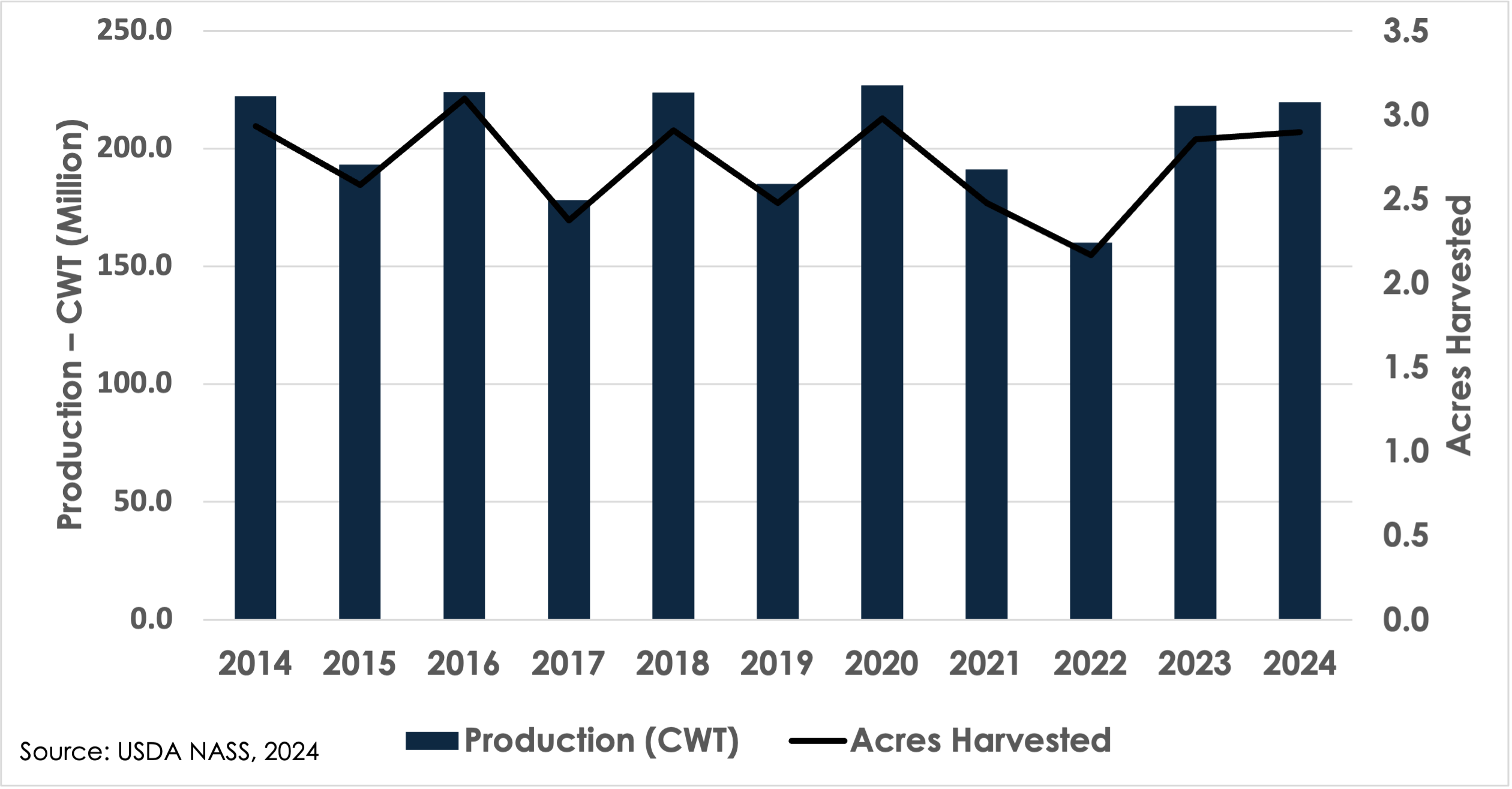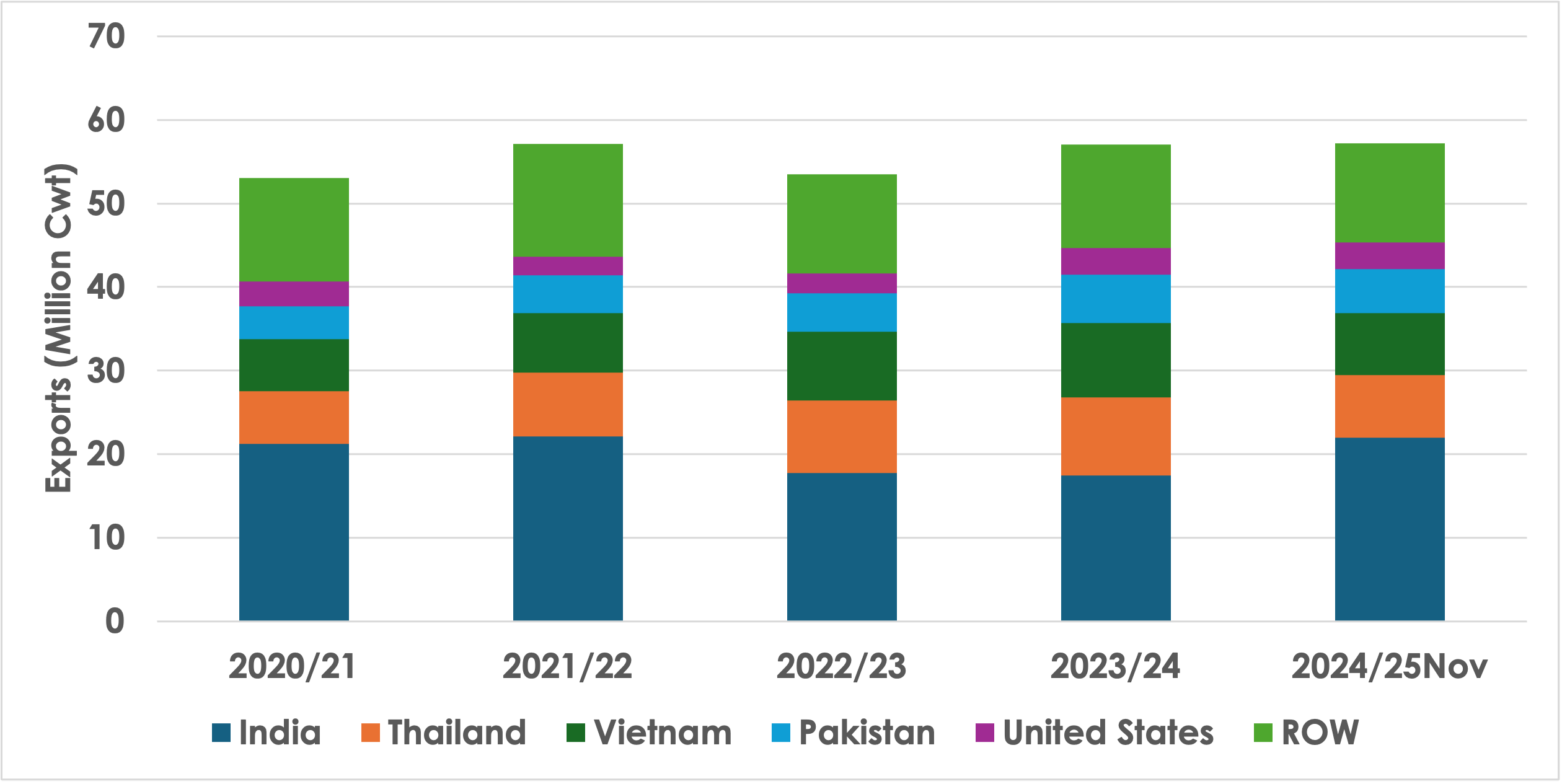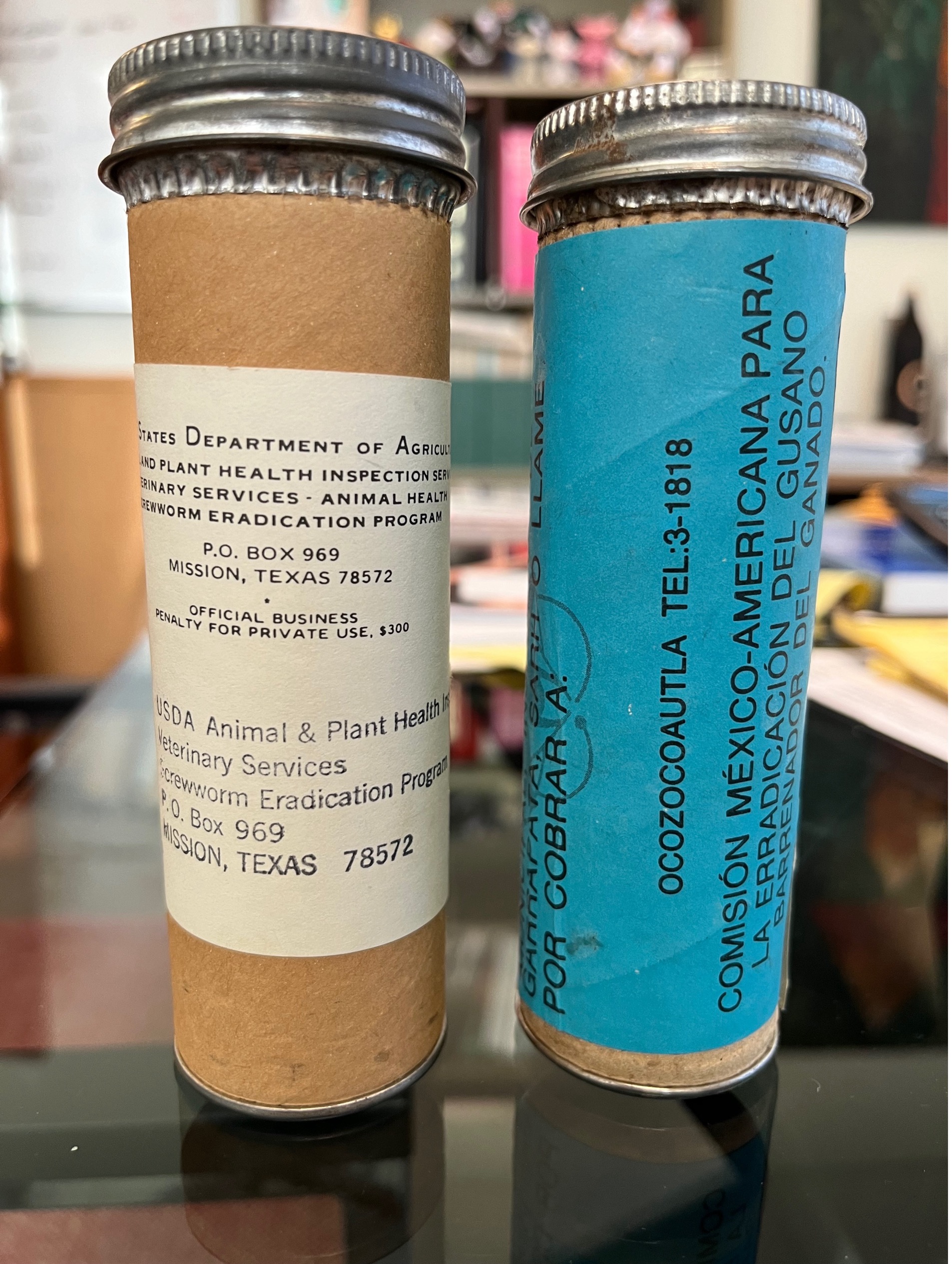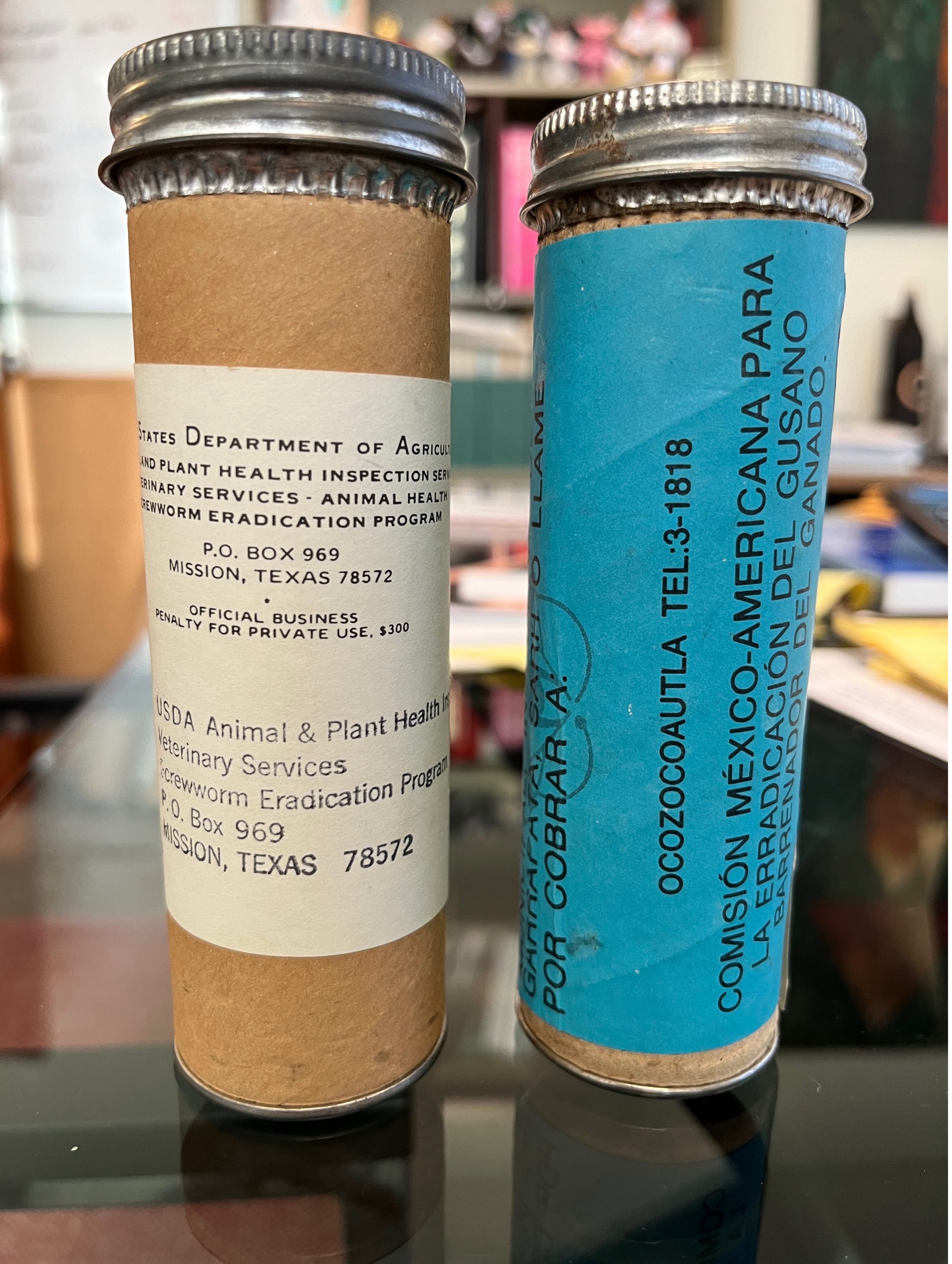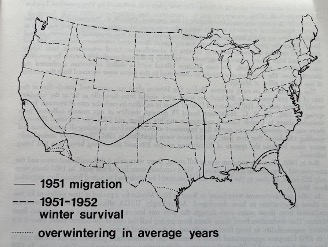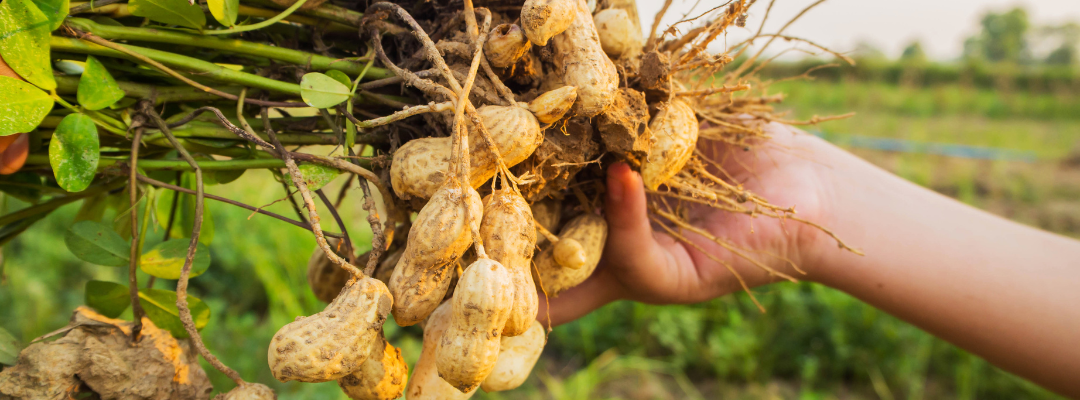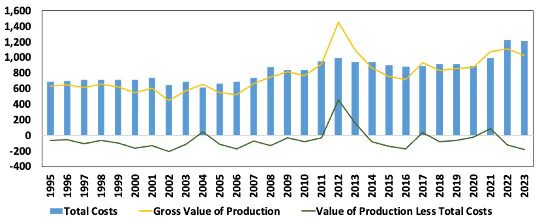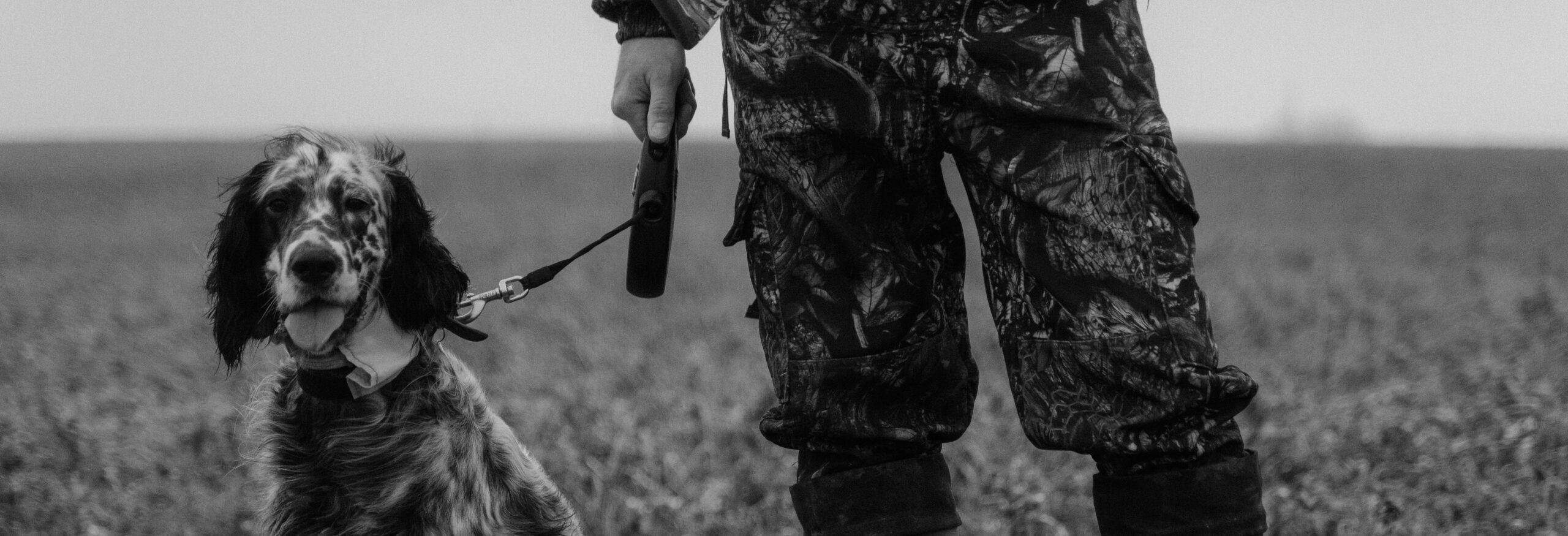As we wind down the year, an approaching deadline will impact many producers and operations throughout the country. The deadline for filing Beneficial Ownership Information (BOI) is set for January 1, 2025. The Corporate Transparency Act (CTA) is the federal act that requires filing the BOI with the Financial Crimes Enforcement Network (FinCEN). The BOI is sometimes collected by financial institutions, but providing that information does not satisfy filing with FinCEN. FinCEN reporting collects information that is not collected by a financial institution. FinCEN requirements include:
1) a unique identifying number and issuing jurisdiction from, and image of, one of the following non-expired documents:
a) U.S. passport, b) state driver’s license, c) identification document issued by a state, local government, or Indian Tribe, or d) Foreign passport.
2) Any trade name or doing business as (DBA name
3) Jurisdiction of formation and registration (if a foreign entity)
4) Information about company applicant(s)
5) Certification by the individual filing the report with FinCEN:
a) The report is true, correct, and complete.
FinCEN defines a “Beneficial Owner” as an individual who directly or indirectly exercises substantial control over a reporting company or owns or controls at least 25% of the ownership interests of a reporting company.
There are two types of reporting company definitions:
- Domestic reporting companies: corporations, limited liability companies, and any other entities created by the filing of a document with a secretary of state or any similar office in the United States.
- Foreign reporting companies: entities (including corporations and limited liability companies) formed under the law of a foreign country that have registered to do business in the United States by the filing of a document with a secretary of state or any similar office.
There is no maximum number of beneficial owners who must be reported to FinCEN. If you fall under the above definition, you should consider filing the BOI application with FinCEN.
Failing to file can result in monetary penalties and possible felony charges. More information on filing BOI, and updates, can be found here.
Martinez, Charley. “Upcoming Deadline: Beneficial Ownership Information.” Southern Ag Today 4(49.1). December 2, 2024. Permalink


